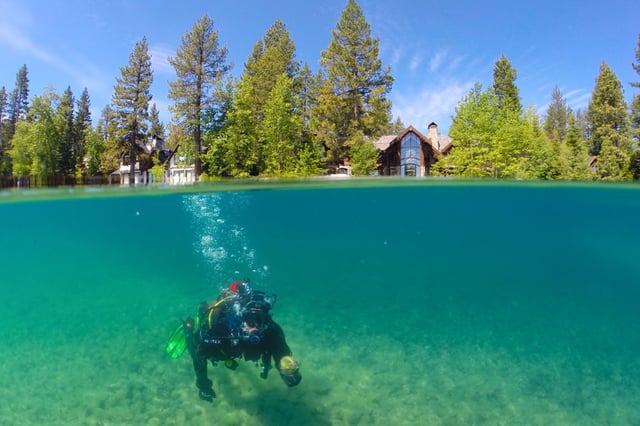Overview
- The UC Davis Tahoe Environmental Research Center reported a nearly 6-foot drop in average clarity to 62.3 feet in 2024, marking one of the murkiest years since records began in 1968.
- The Lake Tahoe Environmental Improvement Program’s $3.1 billion investment has slowed clarity loss by trapping over 500,000 pounds of fine sediment annually without restoring deeper visibility.
- Winter clarity rebounds are still offset by summer declines with 2024 showing some of the lowest seasonal averages and no deep-water mixing event to boost visibility.
- Rising lake temperatures, longer summers, wildfire ash and drought impacts linked to climate change are suspected of shifting the factors that control water clarity.
- Researchers plan targeted studies of picoplankton and other microscopic particles to identify untracked contributors to the lake’s persistent clarity plateau.


